With the emergence of the Surface Phone aka Cellular PC concept, it would appear that the demise of Windows Phones running Windows 10 Mobile is inevitable. While that could be true in the long term, there are two critical elements that could still keep Windows 10 Mobile and its associated device ecosystem ticking along for several more years.
At present, the most reliable and conservative estimates for Windows 10 Mobile install base put it at above 7 million active devices. That's not a small number. However, Microsoft itself appears to be putting the squeeze by limiting the number of devices that get new updates to Windows 10 Mobile preview builds and public releases.
When Windows 10 Creators Update came out, several devices like the Lumia 1520 were left out in the cold, with no chance to get a fully supported upgrade to the latest mobile version of Windows 10.
Microsoft might well continue this trend with the Windows 10 Fall Creators Update and beyond, effectively whittling down the Windows 10 Mobile user base that's on the most current OS version.
While hardware compatibility and other factors do play a role in deciding which devices should get upgrades, it's pretty much in Microsoft's control.
Now, back to the two crucial elements I talked about. These are devices and apps.
How New Devices Can Help Windows 10 Mobile
On the devices side, Surface Phone aka Cellular PC could (inadvertently) spark off OEM interest in Windows phones once again. Although Windows never really had a robust device ecosystem outside the Lumia line, that's slowly changing. And it's not a stretch to assume that apart from manufacturers like HP and Alcatel, others may jump on board Windows 10 Mobile once there are more devices like the Cellular PC.
One thing we need to understand at this point is that the Windows 10 on the Surface Phone concept device, currently known only as Cellular PC, is NOT the same as Windows 10 Mobile. It is the full version of Windows, just like the one you'd use on a desktop. That's Microsoft CEO Satya Nadella's whole idea behind the "ultimate mobile devices" that he's been talking about for some time.
With the Cellular PC device coming out this December, according to Qualcomm CEO Steve Mollenkopf at the company's recent quarterly earnings, it should ideally send signals for OEMs to pick up. Those signals will hopefully translate as: "Keep making more Windows smartphones."
But there's another element to keep in mind: Neither Microsoft nor Qualcomm are likely to immediately release the technology used on these full-Windows-10-capable mobile devices to OEMs, but we believe it could start a wave of new devices running Windows 10 Mobile to begin with. While Microsoft keeps releasing more iterations of the device over the next few years, OEMs will be tracking them closely, waiting for the technology to be made available to them so they can upgrade their own hardware to offer the full Windows 10 experience.
In the meantime, Windows 10 Mobile could benefit from this increased level of OEM interest in Windows-based smartphones.
That's the first crucial element – devices.
The second one is apps, and this is possibly even more critical than the movement on the devices side.
How UWP Apps Can Help Windows 10 Mobile
Microsoft's focus on developing a large bank of apps built on the Universal Windows Platform, or UWP, is now picking up momentum. At the 2016 Build conference last year, Microsoft announced this:
"There are 669,000 apps for phones, desktops, and tablets in the Windows Store. Hundreds more are added every day."
Now, more a year later, even at a very conservative estimate of 100 new apps per day (Microsoft said "hundreds"), that number should be well past 750,000 apps on Windows Store that can run on smartphones, tablets and PCs. Unfortunately, Microsoft did not provide any numbers at Build 2017 for UWP apps, but that conservative estimate looks about right.
App Store and Play Store are now approaching 2 million apps each, but it's not a fair comparison. Nevertheless, it serves to show us how quickly Microsoft is moving on this front.
More apps naturally mean more opportunities to serve Windows 10 Mobile as well, and this is where the point about sustainability comes in. With more than a quarter of a million apps on Windows Store, there's ample opportunity for developers to start earning revenues from it. As developer interest increases, the number of apps will keep growing, and this will further spur OEMs to consider making devices that run Windows, even if its only Windows 10 Mobile at this point.
We believe that this tipping point is about to be reached, because it will only make sense for Microsoft to release a Surface Phone aka Cellular PC device if these two criteria are met:
1 – The device should be able to run Win32 apps
2 – The device should be able to access a large pool of popular mobile apps as well
That's what Microsoft is waiting for before releasing its new device. And that's what is going to benefit Windows 10 Mobile as well.
Windows 10 Mobile device users need to be patient. The apps are lining up in favor of their devices, and it looks like more new device choices could be on the horizon as well.
If these two factors align, Windows 10 Mobile could be sustained for several more years before Microsoft is able to kill it off completely by refusing to push any more updates.
In the meantime, we encourage Windows 10 Mobile users to sign up for the Windows Insider Program, get on the latest build (currently Build 15215 for Windows 10 Mobile) and keep updating to new builds as they arrive.
Worst case scenario: your device might not be eligible for the Windows 10 Fall Creators Update when it comes later this year. But, at least, when the Cellular PC comes at the end of the year, you'll be able to purchase the new device and continue with the Windows experience, with the added benefit of being able to access Win32 applications.
Simultaneously, you'll also have access to the latest preview build of Windows 10 Mobile on your older Lumia smartphone.
What Windows 10 Mobile device users need to do is keep staying on the latest update, if only to send a message to Microsoft that Windows 10 Mobile is not ready to die an unnatural death the way the company wants. It's a long shot, but this "mobile OS activism" will hopefully send the right message to Microsoft, and convince them to keep the ecosystem alive for as long as they can.
That said, Windows 10 Mobile will eventually have to die out if and when more smartphones with full Windows 10 capabilities come to market. At that point, there will be no justifiable reason to stick with Windows 10 Mobile, and Microsoft will certainly not want two parallel experiences for Windows phone users.
Hopefully, by then, makers of Windows 10 Mobile devices, such as HP and Alcatel, will have access to the technology that Microsoft and Qualcomm are bringing to the Surface Phone aka Cellular PC. That means even more device choices for Windows mobile devices.
Eventually, every Windows smartphone will organically move to the full Windows 10 experience, where users can enjoy both desktop apps and mobile apps.
That's going to happen at some point in the future, but what we DON'T want is for Microsoft to prematurely kill off Windows 10 Mobile before that time arrives.
We want the W10M ecosystem to die of natural causes, old age and obsolescence, not by artificial means!
Thanks for visiting! Would you do us a favor? If you think it's worth a few seconds, please like our Facebook page and follow us on Twitter. It would mean a lot to us. Thank you.
Source:
Windows 10 Mobile Can Survive Much Longer, But 2 Crucial Elements are Needed

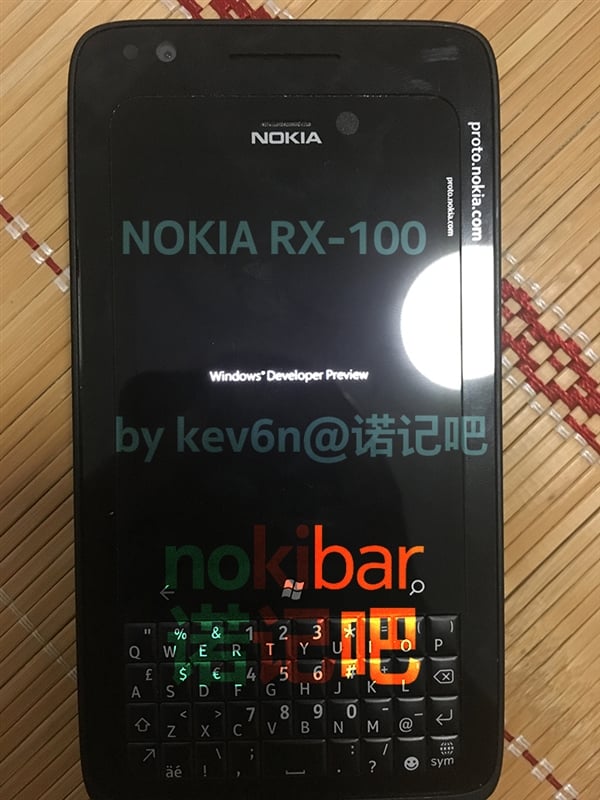
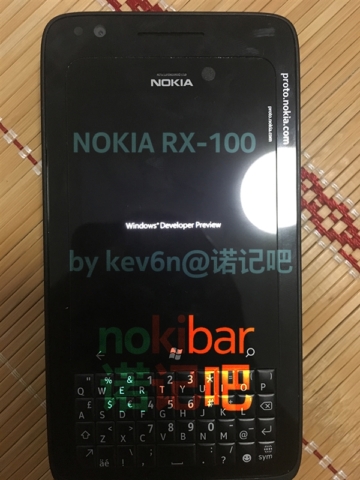
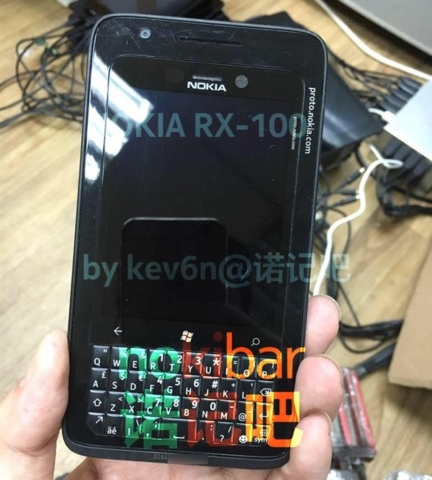
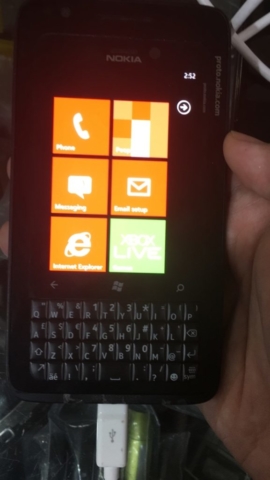
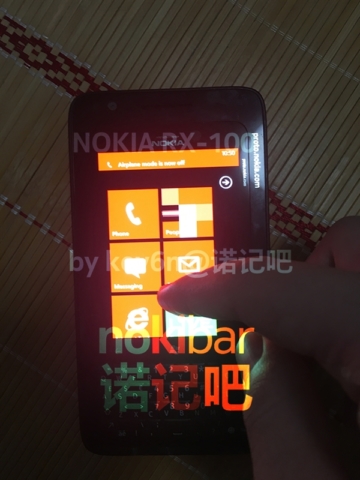
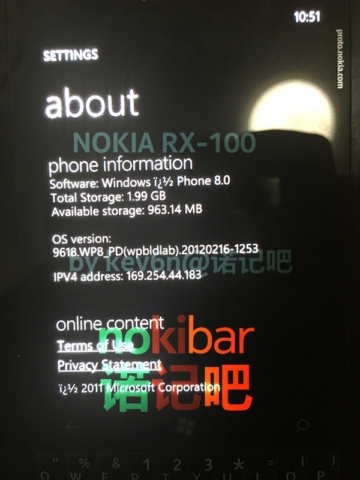
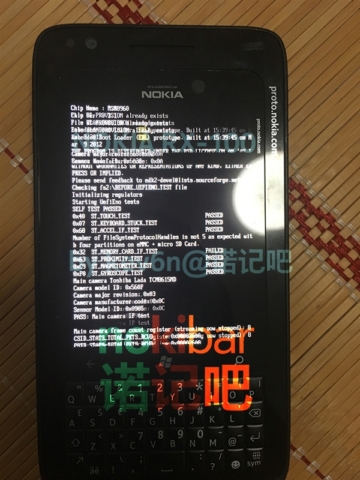
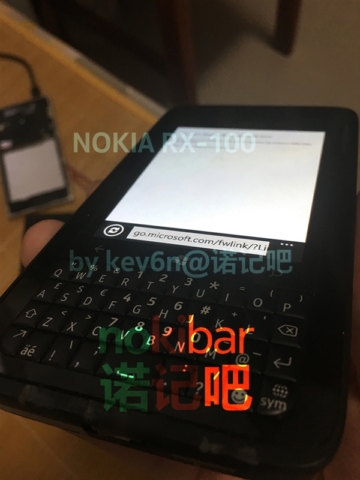
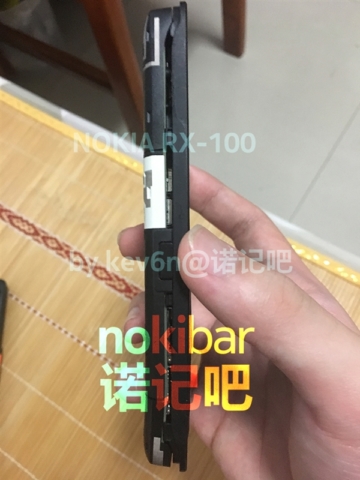
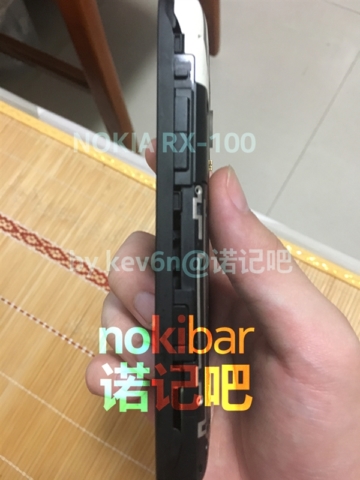
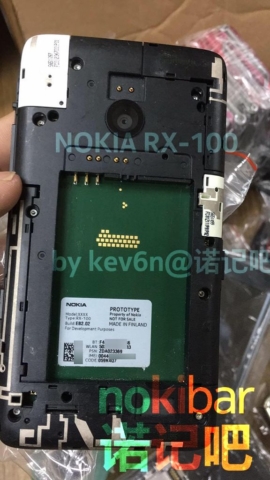
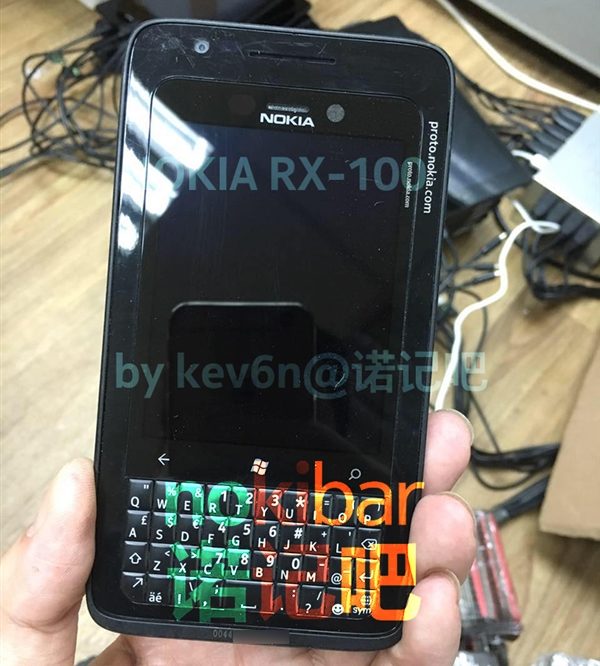
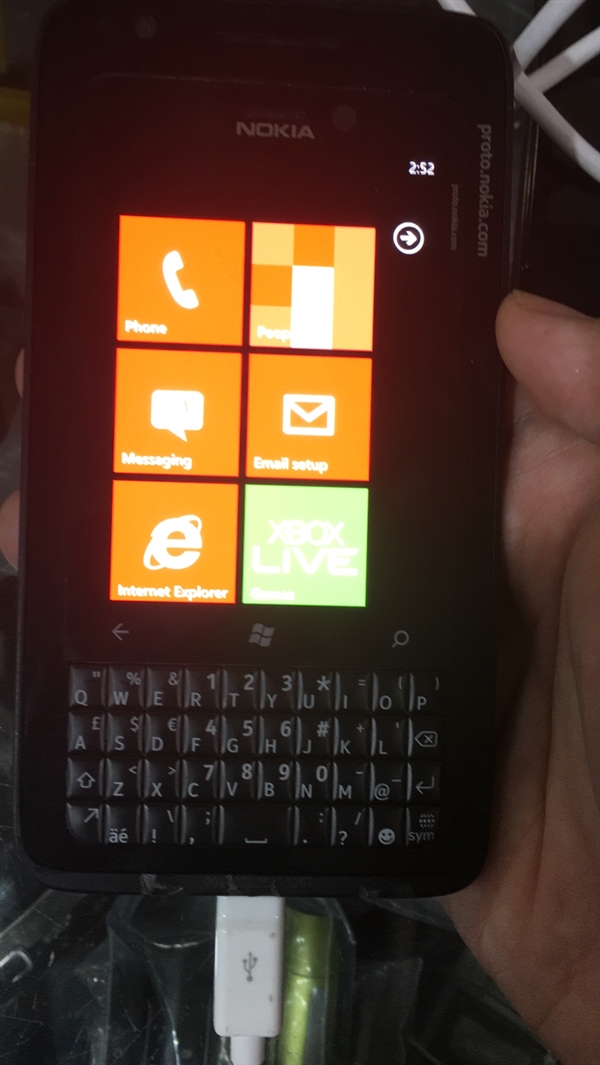
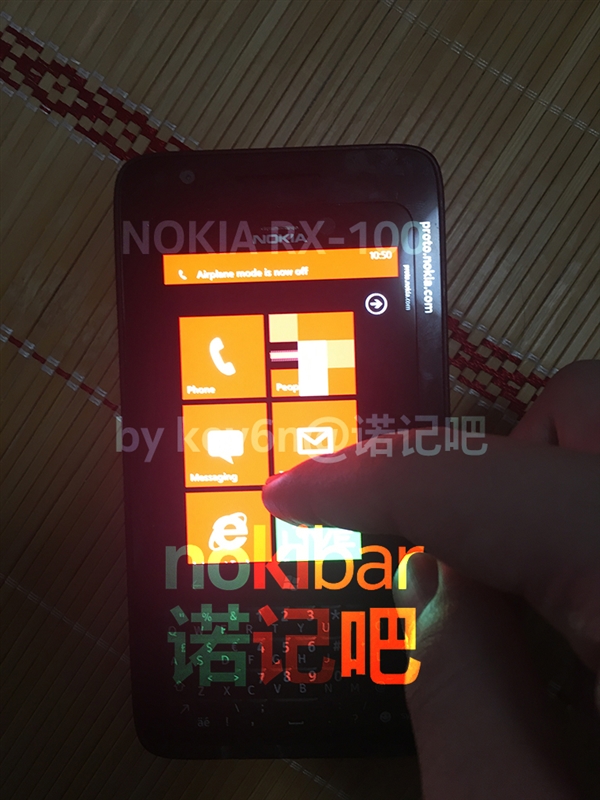
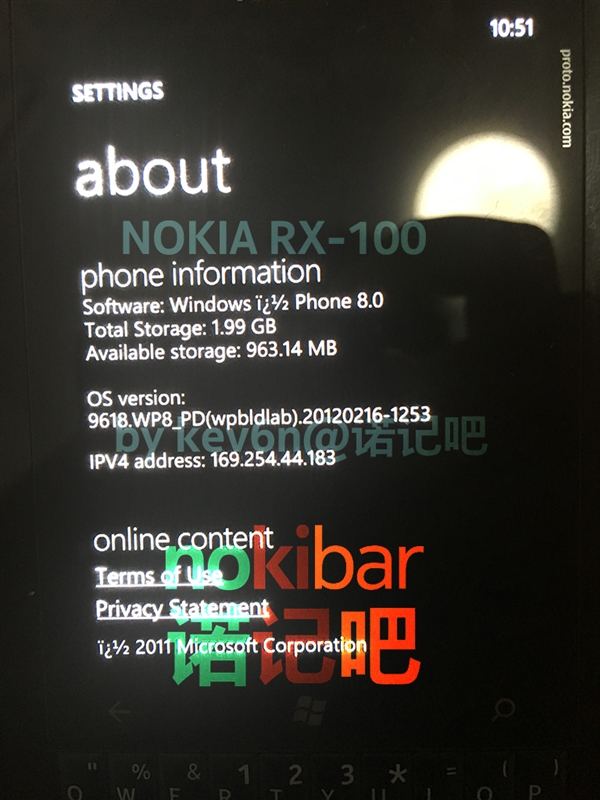
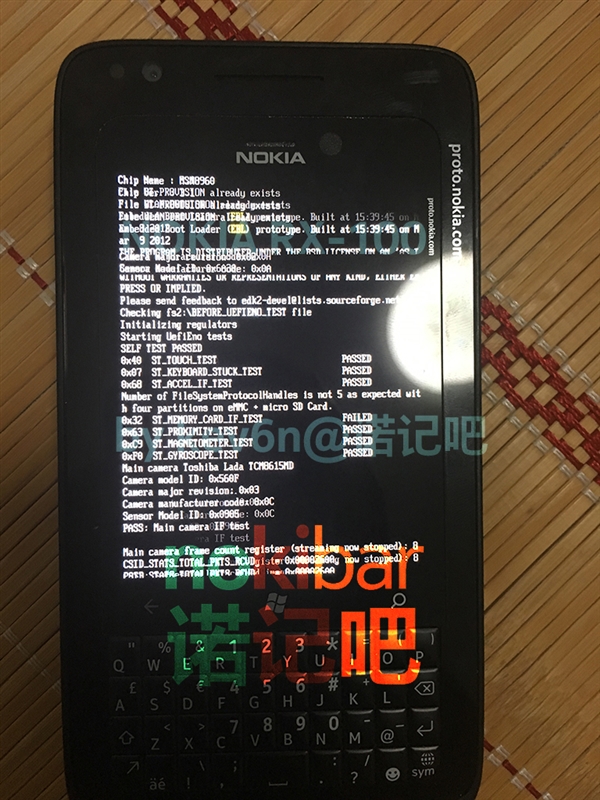
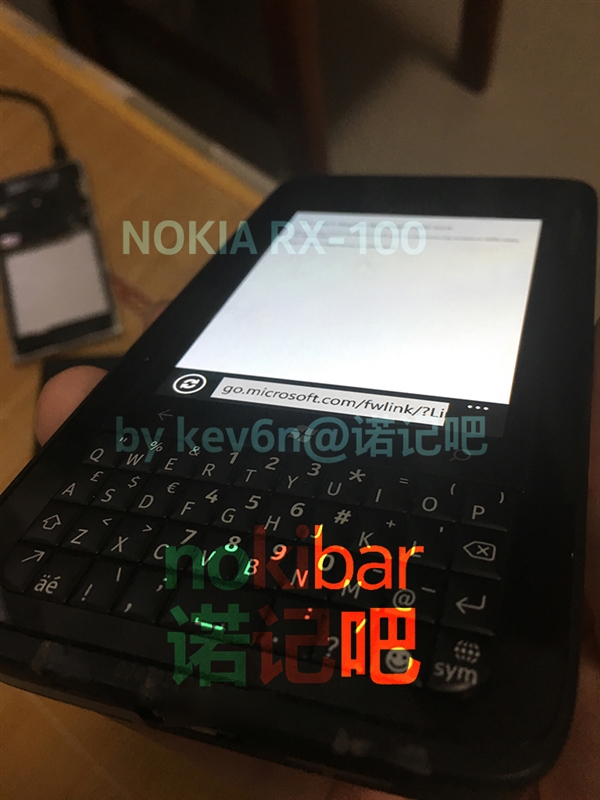
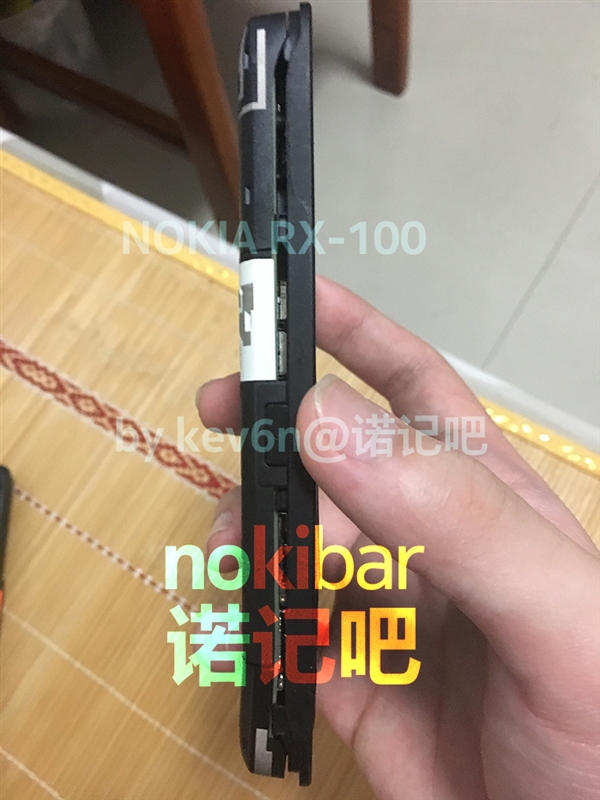
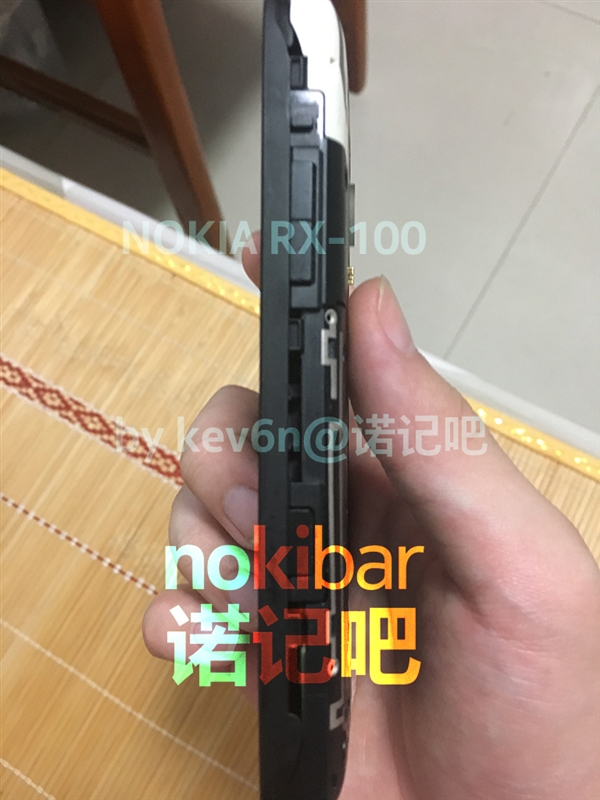
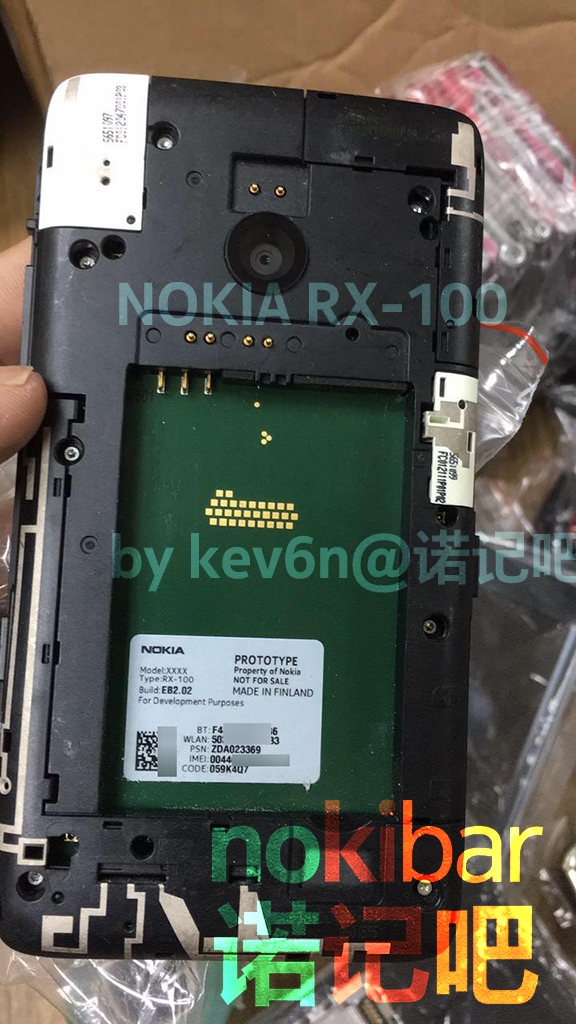



 The Surface Pen would have been a huge success
The Surface Pen would have been a huge success 













